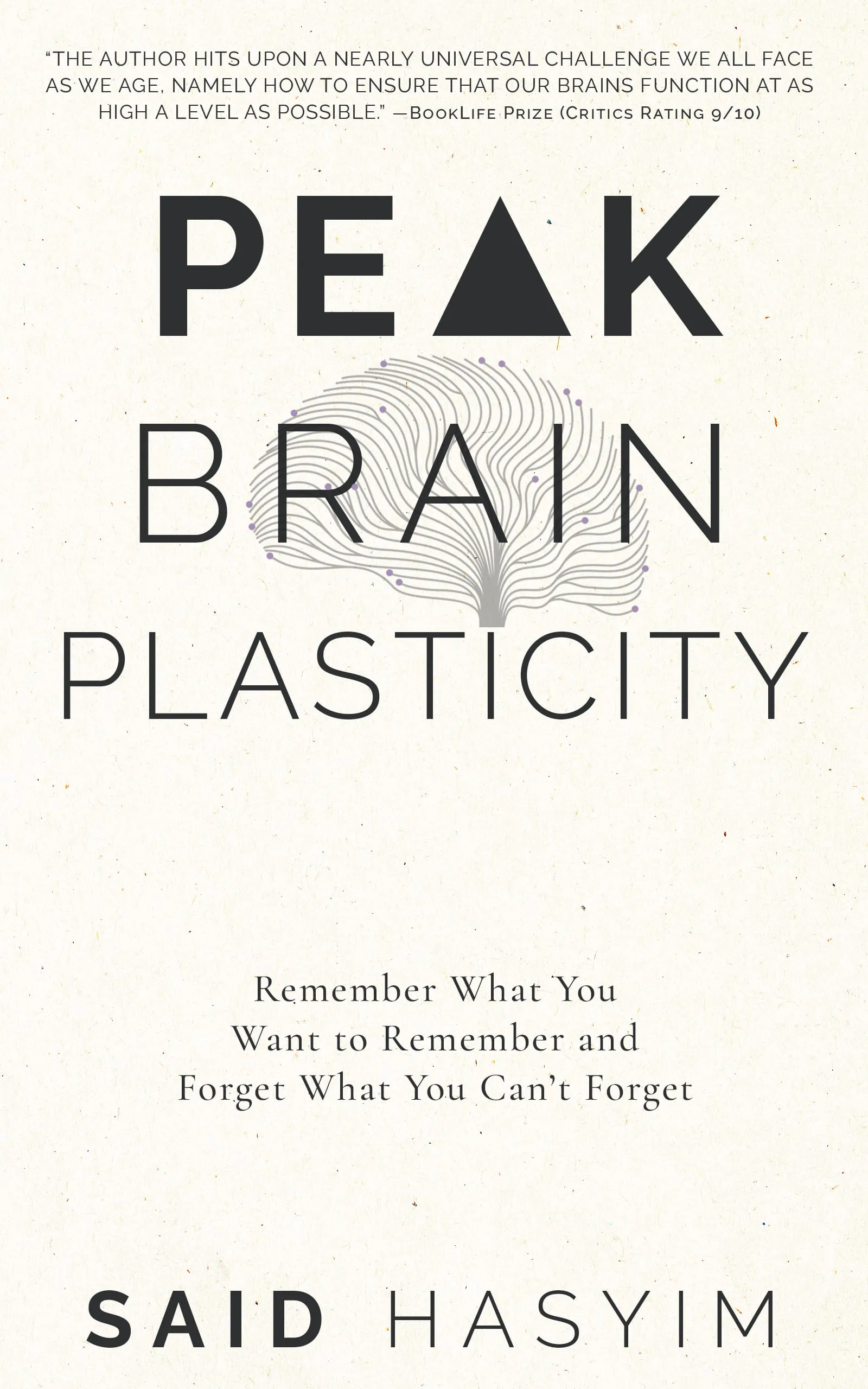Harnessing Neuroplasticity for Personal Development
Neuroplasticity, once considered a phenomenon that only occurred during childhood, is now recognized as a lifelong process that plays a significant role in personal development. This brain property allows for the reorganization of neural pathways based on experiences, learning, and environment. Understanding and leveraging neuroplasticity can empower individuals to enhance their learning, cultivate new habits, and ultimately foster personal growth.
Understanding Neuroplasticity
Neuroplasticity refers to the brain's ability to change and adapt throughout an individual's life. It involves the formation of new neural connections and the reorganization of existing ones based on various factors including:
- Learning and Experience: Engaging in new activities stimulates the brain, leading to the creation of new pathways.
- Recovery from Injury: The brain can adapt to injury by rerouting functions to undamaged areas.
- Changes in Environment: Exposure to different stimuli in our environment can lead to structural and functional changes in the brain.
Types of Neuroplasticity
Functional Plasticity: The brain’s ability to move functions from damaged areas to healthy ones. This is particularly evident in rehabilitation from strokes or brain injuries.
Structural Plasticity: The brain physically changes its structure in response to learning, experience, or environmental changes. This can involve the strengthening or weakening of synapses, which reflects the brain’s capacity to rewire itself.
Developmental Plasticity: This occurs primarily in childhood and is crucial for learning foundational skills, although it continues to some extent throughout life.
The Science Behind Neuroplasticity
Neuroplasticity is rooted in complex biological processes. Neurons communicate with each other through synapses; when a neuron fires repeatedly, the connection between it and its neighboring neurons becomes stronger. Conversely, if a pathway is not used, it can weaken and eventually be pruned away.
Research in neuroscience has shown that:
- Hebbian Plasticity ("cells that fire together wire together"): This principle suggests that positive reinforcement or repeated practices strengthen connections between neurons.
- Experience-dependent Plasticity: Skills acquired through practice can lead to increased cortical representation in the brain, exemplifying how experiences shape our neural architecture.
Strategies to Harness Neuroplasticity for Personal Development
Understanding the science of neuroplasticity prompts us to explore how we can actively engage with this incredible feature of our brains for personal development. Here are several actionable strategies:
1. Engage in Lifelong Learning
One of the most effective ways to stimulate neuroplasticity is through continuous learning. Whether it’s picking up a new language, learning a musical instrument, or studying a new field, challenging yourself mentally creates new connections in the brain.
- Practice Regularly: Consistent practice is crucial. Rather than cramming, build a routine that allows for gradual learning.
- Mix It Up: Challenge your brain with different types of learning. For instance, if learning a language becomes mundane, switch to a different method such as immersive practice or interactive apps.
2. Cultivate Mindfulness and Meditation
Mindfulness practices and meditation have been shown to promote significant changes in brain structure and function. Studies indicate that regular meditation can increase gray matter in several areas of the brain related to memory, sense of self, empathy, and stress regulation.
- Start Small: Begin with just a few minutes a day and gradually increase your practice as you become more comfortable.
- Be Consistent: Create a dedicated time for mindfulness each day, making it a non-negotiable part of your routine.
3. Embrace Physical Exercise
Physical exercise is another avenue to capitalize on neuroplasticity. Exercise increases blood flow to the brain, promotes the release of neurotrophic factors (which aid in the survival and growth of neurons), and enhances cognitive functioning.
- Aerobic Activities: These can significantly benefit mood and cognitive performance. Consider running, cycling, or swimming.
- Strength Training: Recent studies also link strength training with improved cognitive function and memory.
4. Foster Social Connections
Engaging with others in meaningful ways can boost brain health and neuroplasticity. Social interaction can enhance emotional well-being and cognitive function while creating opportunities for learning through shared experiences.
- Join Groups or Clubs: Engage with community activities that pique your interest.
- Cultivate Relationships: Invest time in developing friendships, as strong social bonds can positively impact mental health.
5. Challenge Your Comfort Zone
Stepping outside of your comfort zone is where growth happens. When you confront fears or tackle new experiences, your brain forms new connections, reiterating its plastic nature.
- Try New Hobbies: Whether it's painting, rock climbing, or any other untried activity, new challenges stimulate growth.
- Travel and Explore: Exposure to new cultures and environments forces your brain to adapt, enhancing cognitive flexibility.
The Road to Self-Empowerment
Harnessing neuroplasticity isn't merely about understanding the science behind it; it is about applying this knowledge to our daily lives to foster growth and development. By actively engaging in learning, practicing mindfulness, exercising, cultivating relationships, and challenging ourselves, we can reshape our brains and, in turn, our lives.
Conclusion
Neuroplasticity illustrates the incredible potential that lies within each of us. By embracing change and engaging in practices that promote brain rewiring, we can cultivate resilience, adaptability, and continuous improvement. It’s never too late to grow, learn, and develop personally. The journey to harnessing neuroplasticity begins with a single step—today.
By recognizing that our brains are malleable, we empower ourselves to pursue greater fulfillment and success. Embrace the journey of personal development; your brain—and life—will thank you.
Harness the Power of Neuroplasticity
Discover Peak Brain Plasticity, a practical book to harnessing neuroplasticity. Enhance your memory, learn new languages quickly, and alleviate anxiety with effective study methods. Uncover daily habits that impact cognitive health and explore techniques for accelerated learning and memory retention. Unlock your brain's potential for growth and transformation.
